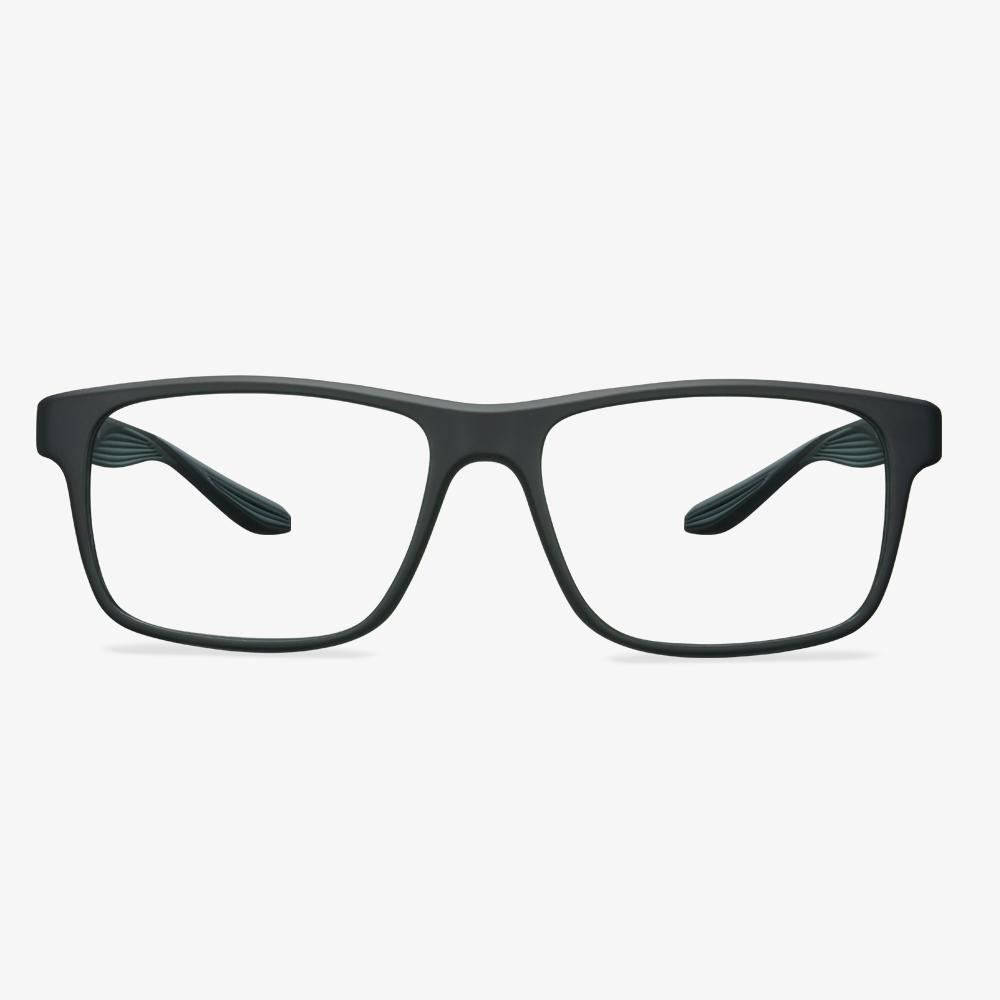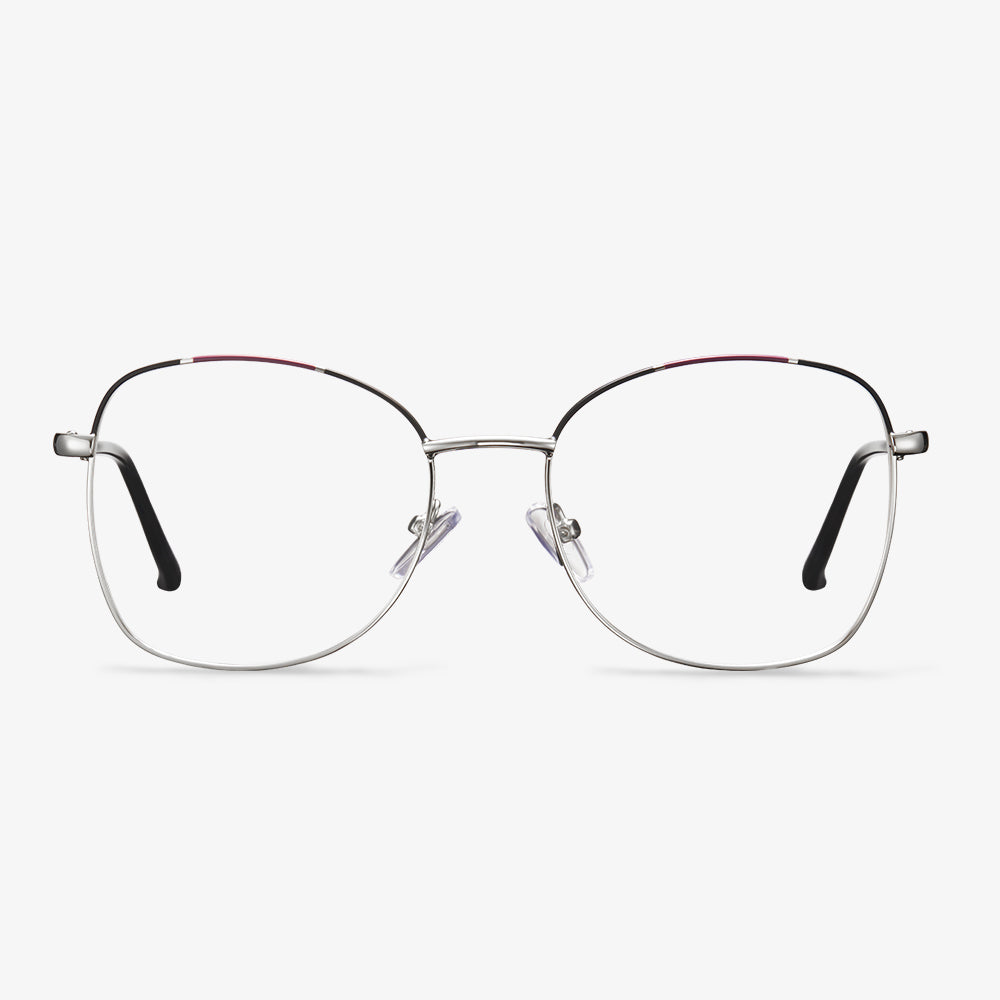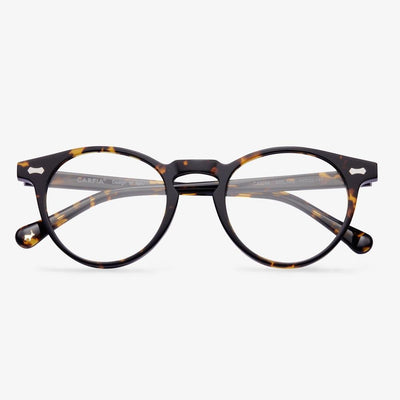Disadvantages of Prism Glasses
Although prism glasses are mostly used for correcting binocular vision, they also have some disadvantages which are said by those who have worn them. They said they suffer from some discomforts, such as headaches, pain with eye movement, wandering eyes. Misaligned eyes, nausea, double vision, and more. In most cases, side effects can be corrected with an adjustment to someone’s lens prescription, eyeglasses frames or medication.
At the same time, you need to know that alignment is extremely important when wearing prism lenses. Prism lenses may be not efficient if they are misaligned. But they can be fixed with a professional adjustment. If you are experiencing any problems with new glasses or your old prism lenses stop working, contact your vision optometrist.
Can you buy eyeglasses insurance?
If you've recently realized that you need glasses, you know it's time to start budgeting for them. Glasses can cost hundreds of dollars and may need to be updated every year! But don't stress yourself out. There's a product that can help cover your costs. Technically speaking, there is no official eyewear insurance product. But that doesn't mean that there aren't products that can cover glasses. This product is called vision insurance. But don't call it eyeglass insurance.
Is it true that green film prevents blue light?
Some lenses filter out harmful blue light by reflective multiplayer coating. The lens has a bright blue-violet coating. Green film anti-blue lens relies on the lens material itself to absorb blue light. Therefore, it is impossible to know if the lens can really block the blue light only by looking at the film layer. Instead, it is necessary to use the test equipment of blue light blocking rate or ask the manufacturer to provide relevant experimental data. There is no problem wearing an anti-blue lens unless the user has a high demand for color authenticity, like painters, graphic designers, etc. Because when using anti-blue glasses to see white blue objects, there will be a certain color deviation. It is up to the above workers to make their own decisions.
The taboos of wearing glasses while driving at night
Night driving members should not wear tawny, green, and gray glasses. Tawny glasses can filter out most of the ultraviolet rays, although can make our eyes feel relaxed but easy to make people sleepy. Green glasses will turn red lights into black, directly affecting our judgment of traffic lights, so there is a great safety risk. Grey glasses, due to their low light transmittance, will weaken our line of sight and affect our observation of the road.
Are polarized glasses good for fishing?
Fishing goggles are polarized lenses. Fishing goggles are a type of goggles that can remove scales on the surface of the water so that the fisherman can see the fish taking the bait. Polarized sunglasses increase color saturation and prevent eye strain. Wear gray glasses on sunny days when fishing. They can fully absorb infrared rays, as well as most ultraviolet rays, without changing the original color of the scene. Warm, natural colors are a popular lens choice. Wear green glasses on cloudy days when fishing. like gray glasses, they can absorb all the lone infrared rays and 99% of the ultraviolet rays, but sometimes the color of the scene after passing through the green lens will be changed. But because green brings a cool and refreshing feeling, it is also good for eye protection.
Glasses are tools for correcting vision.
The basic function of optical glasses is to correct vision. Accurate correction of vision is an effective tool to control the further increase in degrees. If the difference of binocular degrees is great, correct vision can not only improve stereo vision but reduce the burden of a single eye. They help correct myopia, farsightedness, astigmatism, improve visual function, to see more clearly. Let you get a clearer vision and visual experience.
What Are Standard Progressive Lenses?
Standard progressive lenses are a type of progressive lens with plenty of room at the bottom for your near vision. If you need to see something far away and up close, such as a book or magazine, this lens is for you. Transitioning between these viewing areas is often painless for your eyes.











































